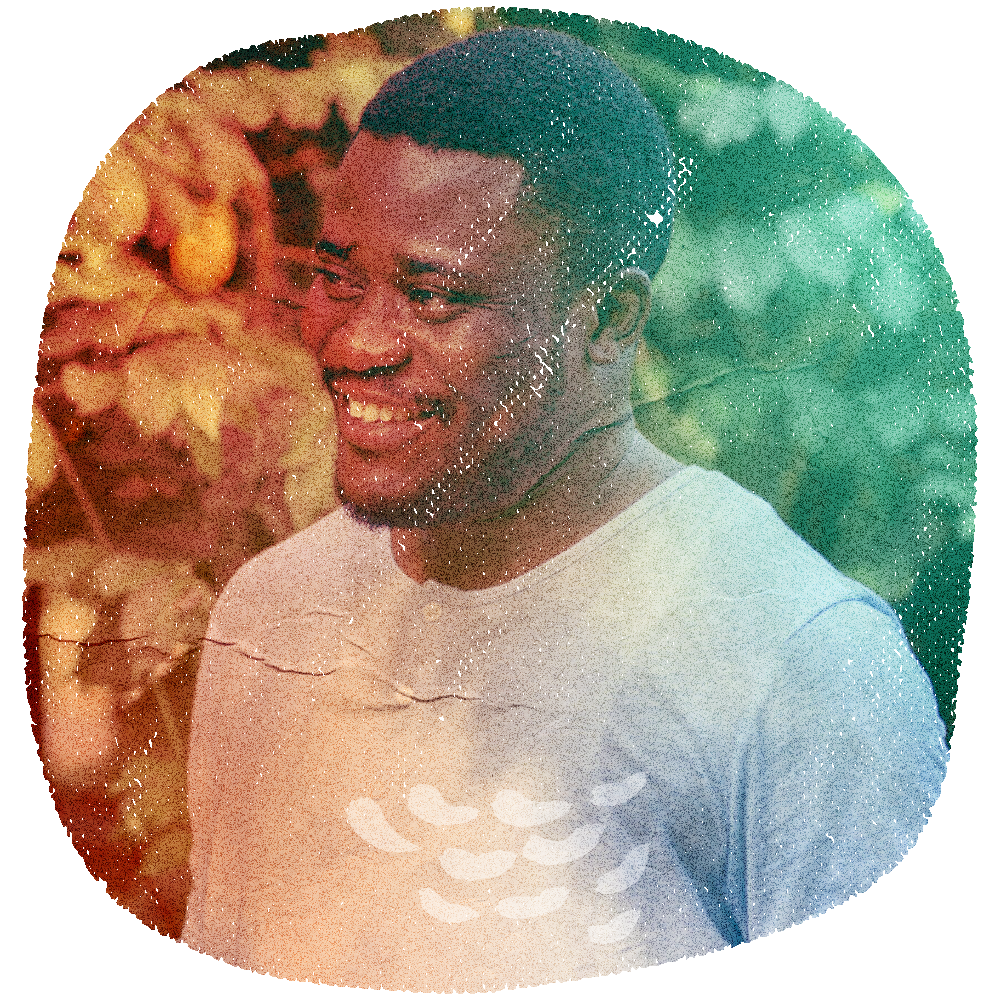
These days, there is a certain fever about the language of inclusion. A growing appetite for difference. For diversity. For the visible performance of plurality. Whether the heat slushes in the politically conservative direction of erasing references to “DEI” – given the new regimes of surveillance and retribution that are sweeping around the world – or swims in the opposite direction of countering the colonial monolith of the Global North, the spectre of diversity is securely at the forefront of our conversations and concerns about how to respond to the failures of the Anthropocene.
At climate summits like COP30, this appetite for diversity finds form in banners that call forth “many voices,” that seek to “centralize Indigenous wisdom,” and that desire – quite earnestly – to “decolonize.” And yet, beneath these movements, something older still breathes. A rhythm. A logic. A stirring.
The Counting Hand Remains Uncounted
I return to a fable. One told across Sri Lanka, India, and many places besides. A group of twelve men return from the forest with twelve bundles of sticks. They decide to count themselves, just to make sure no one’s missing. Each counts the others. Always eleven. That’s because in eachinstance of counting, the one counting does not count himself. And so, even though they know there are twelve men, their ritual of accounting omits the twelfth. Panic ensues. Where is the twelfth man? They search. They argue. It takes a stranger: someone from elsewhere to notice that they’ve all forgotten to count themselves.
We are still counting. And I am worried. Indigenous worldviews, local knowledges, ancestral insights, ontologies of the South. We are still gathering these bundles. Placing them on panels. Listening to them speak. But the one doing the counting, the architecture of legibility itself, the presumed neutrality of the stage – it remains uncounted. Untroubled. Untouched. I wonder about that. As a boy growing up in Nigeria, the largest conglomeration of African bodies in a single state – a country with over 500 languages and 250 ethnic groups – I went to a primary school that had a special event called “Cultural Day”, or something along those lines.
Cultural Day was our permission to break free from the chequered boxes, logos and mottos that were imprinted on our school uniforms, and break out our freshly ironed traditional attires, a toddling exhibition of agbadas, colourful wrappers, bead necklaces, and horsetail irukeres that made our parents blush and our teachers, swoon. I remember those nights fondly: every child went home with a little black polythene bag scarcely populated with pencils, erasers, and – if one was lucky – a freshly printed ‘Exercise Book’, always lined, crested with the school’s logo, subtly
The World Has Never Been One
In retrospect, I see how the courageous celebration of my country’s diversity in those early schooling years was yet an exercise in managing the count, in rendering legible the inchoate and ungainly; in processing the Many as a function of the One. What is diversity if it does not have a stage? What is diversity if it is not represented or, more critically, represent-able? What is diversity if it does not gain visibility, and if its trembling worlding work does not lend itself to the spotlight?
I do not come to dismiss diversity. I come to listen for the crack within it. I come to sit with the paraontological whisper that the world has never been One – not even when we name it as Many.
For me, the pluriverse is not a festival of alternatives. It is a disturbance of countability itself. The foaming of worlds that do not wish to be measured or recognized. The trembling of epistemologies that do not arrive in time for policy conversations. The silence of knowledges that rot into the soil before they bloom into statements.I call this paraontological pluriversality. Not a shift from One to Many, but a dislodgement of the grounds upon which ‘One’ or ‘Many’ could make sense. It is not a political strategy, not a critique in the usual sense. It is a love letter to the cracks. A gesture towards the unspeakable movements beneath our feet.
The Consequences for COP30
To those preparing for COP30, I say: let us not confuse the invitation to be included with the possibility of being touched. The former seeks representation. The latter invites transformation.
Let us not gather only to share solutions, but to unmake the grammar that frames our need for them. Let us not merely present worldviews, but trace the worldings that shape our capacity to view. Let us be wary of the language of alternatives, because dominant systems often derive their legitimacy in the proliferation of their own alternatives – anything to distract from noticing their own incompleteness.
Let us ask:
- What is the nature of the room in which diversity is celebrated?
- What is the rhythm of a conversation that permits only those differences that can be domesticated?
- What if climate collapse is not simply the failure of policies or technologies, but a breakdown of the coordinates of legibility?
Perhaps, instead of searching for new keys, we must learn to listen to the door. And perhaps, even the door preserves the logic of the architecture. Maybe then it is not the door we seek. Maybe walking out of the door reinforces the integrity of the building. Maybe it is the cracks in the wall we want to heed. The cracks are where we must meet each other. There, we might find that diversity is not just the many in the room, it is the room’s own refusal to be fully complete.




